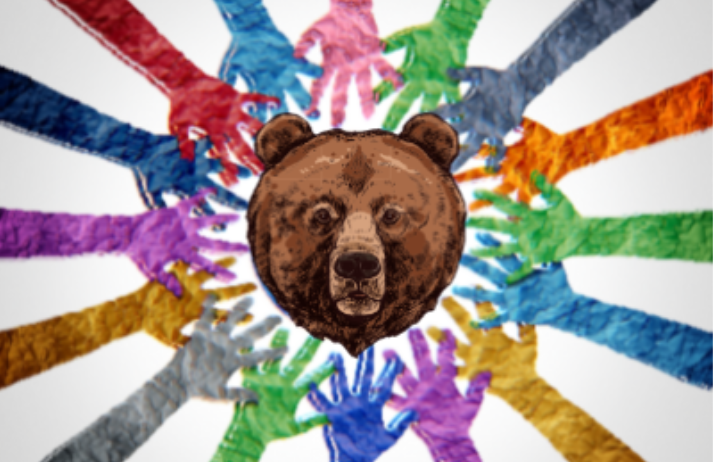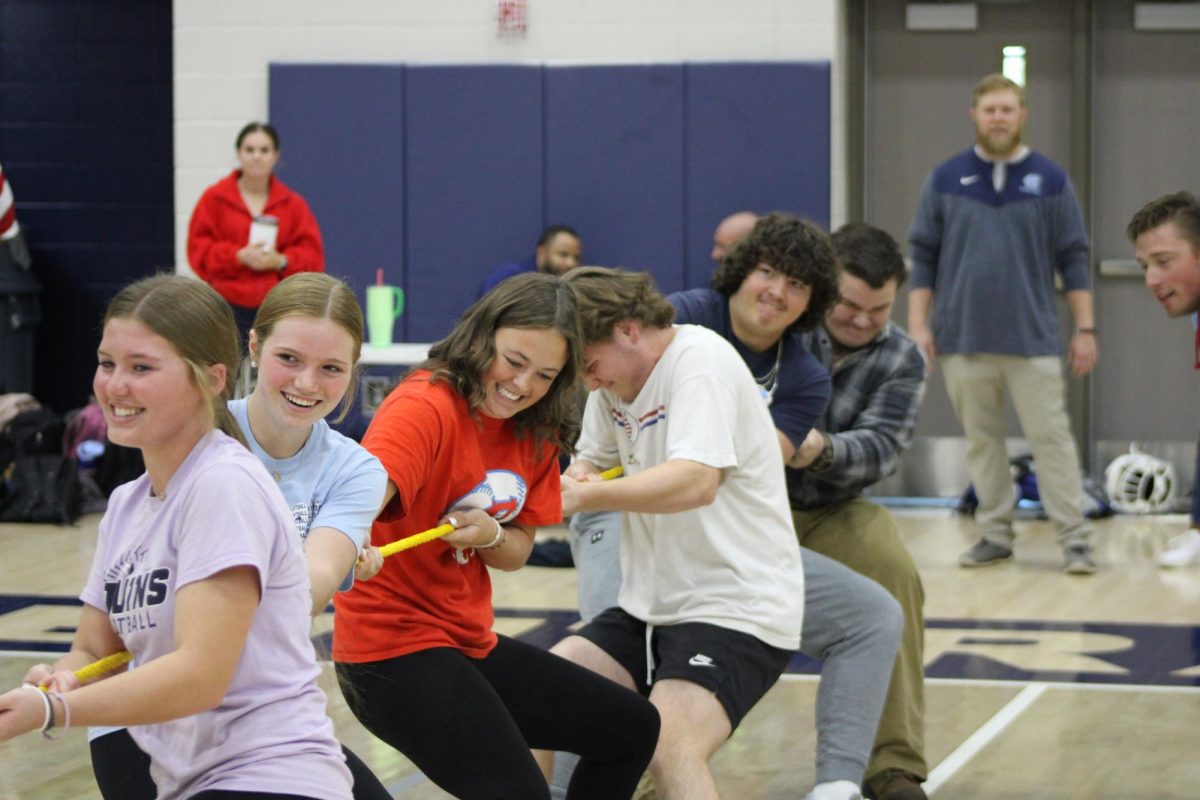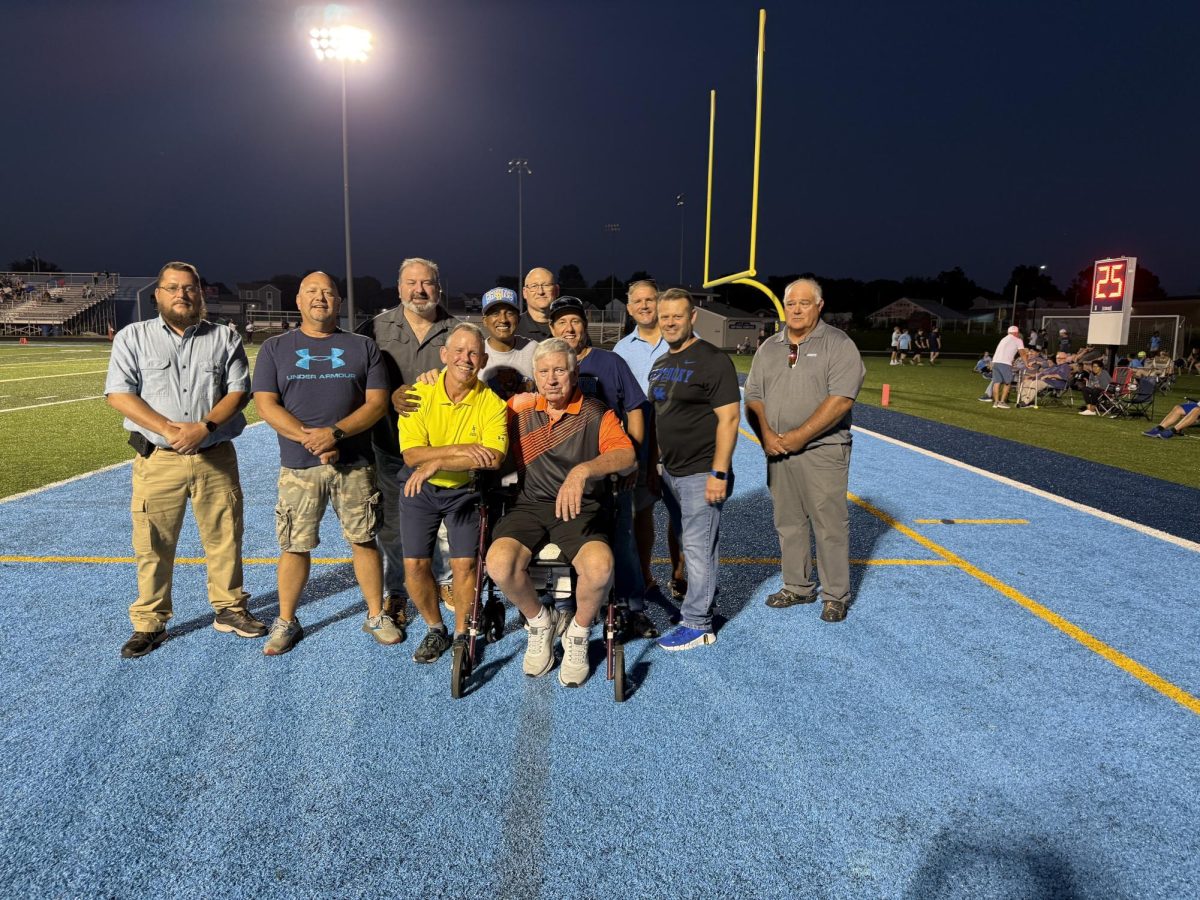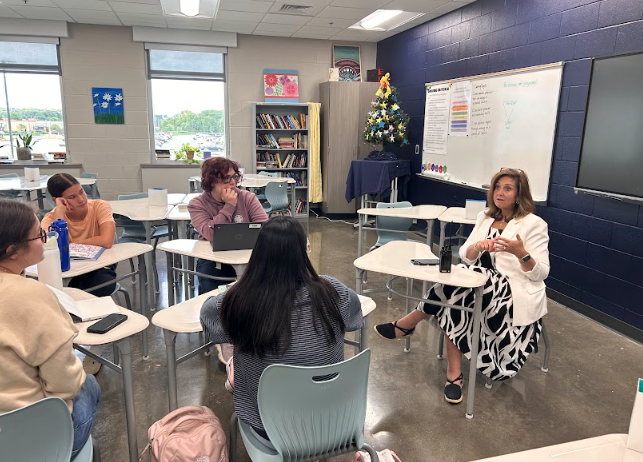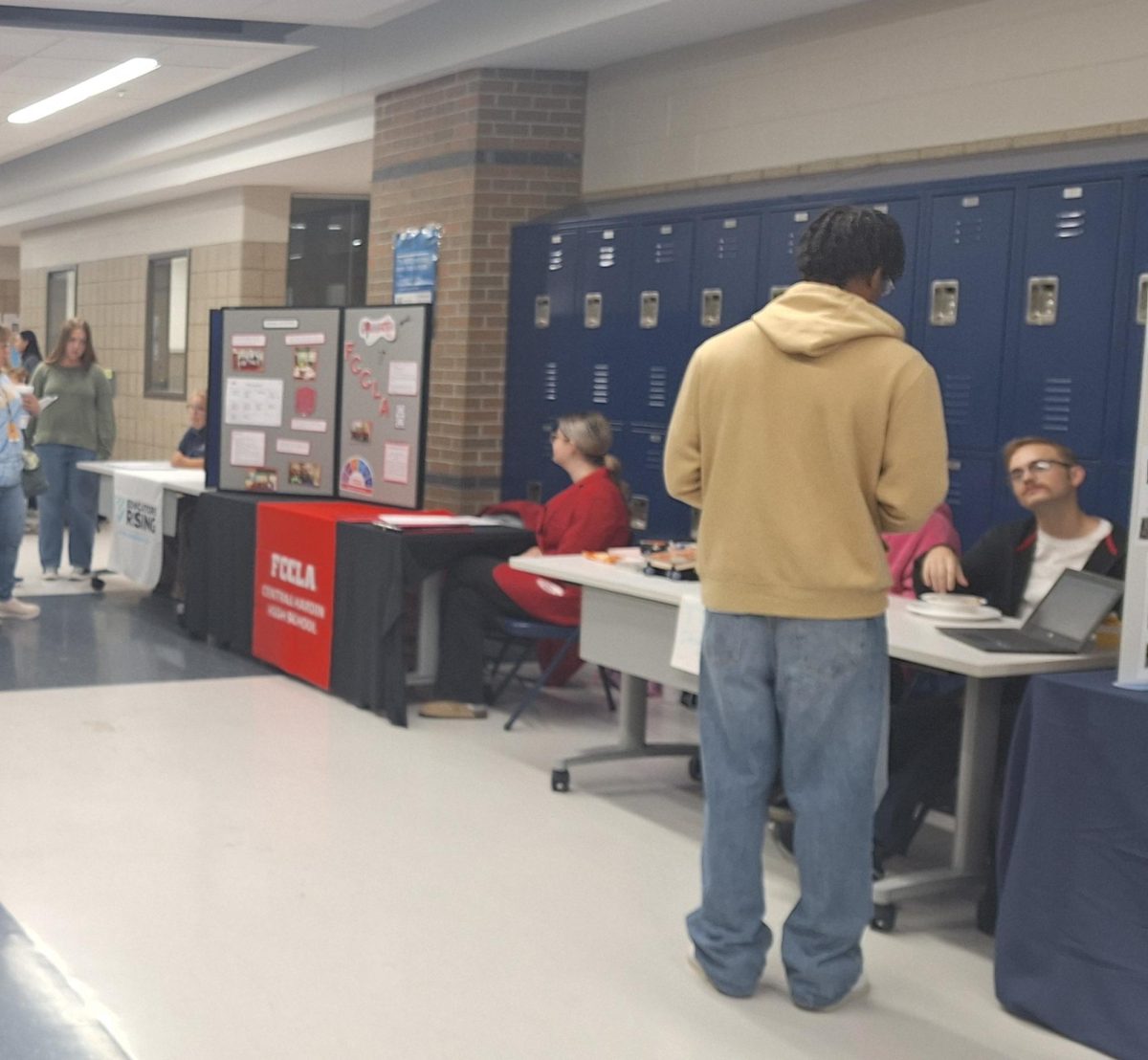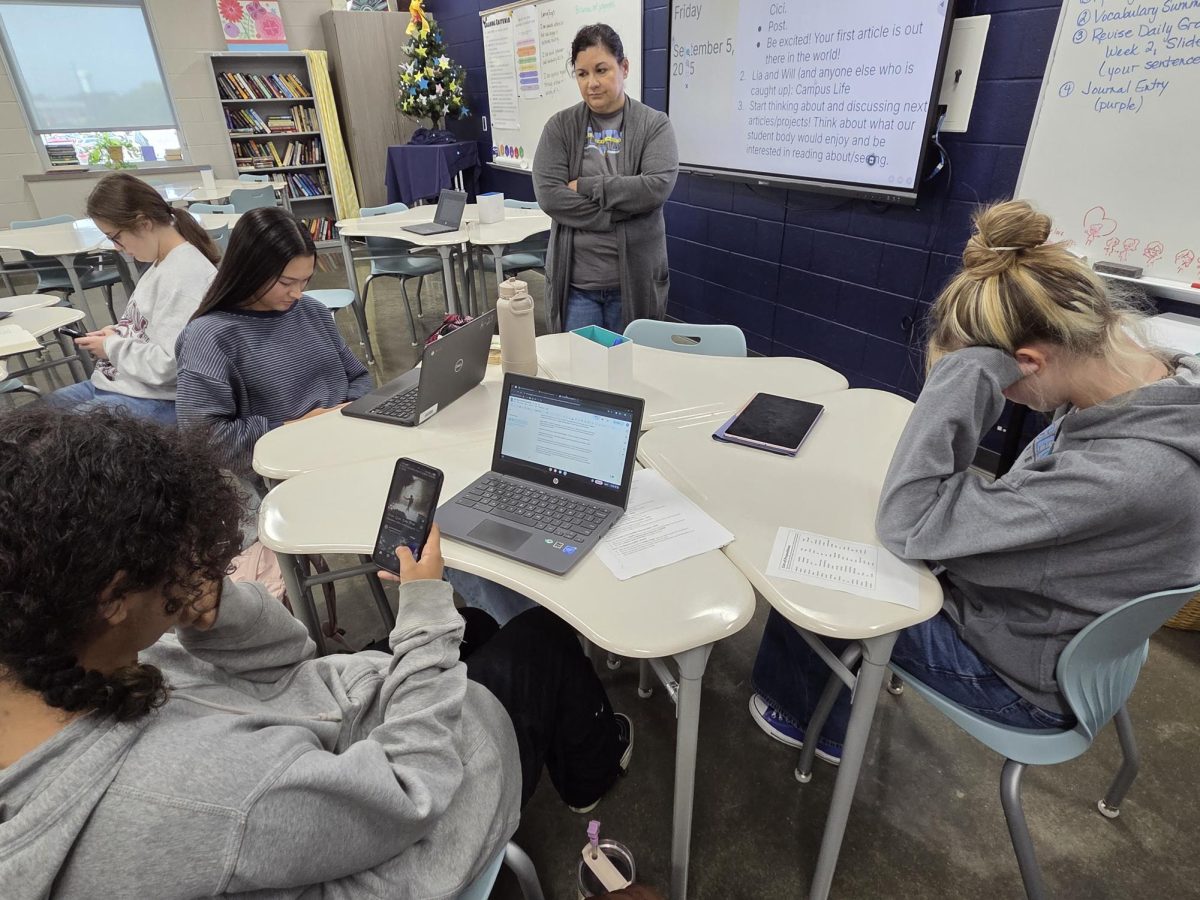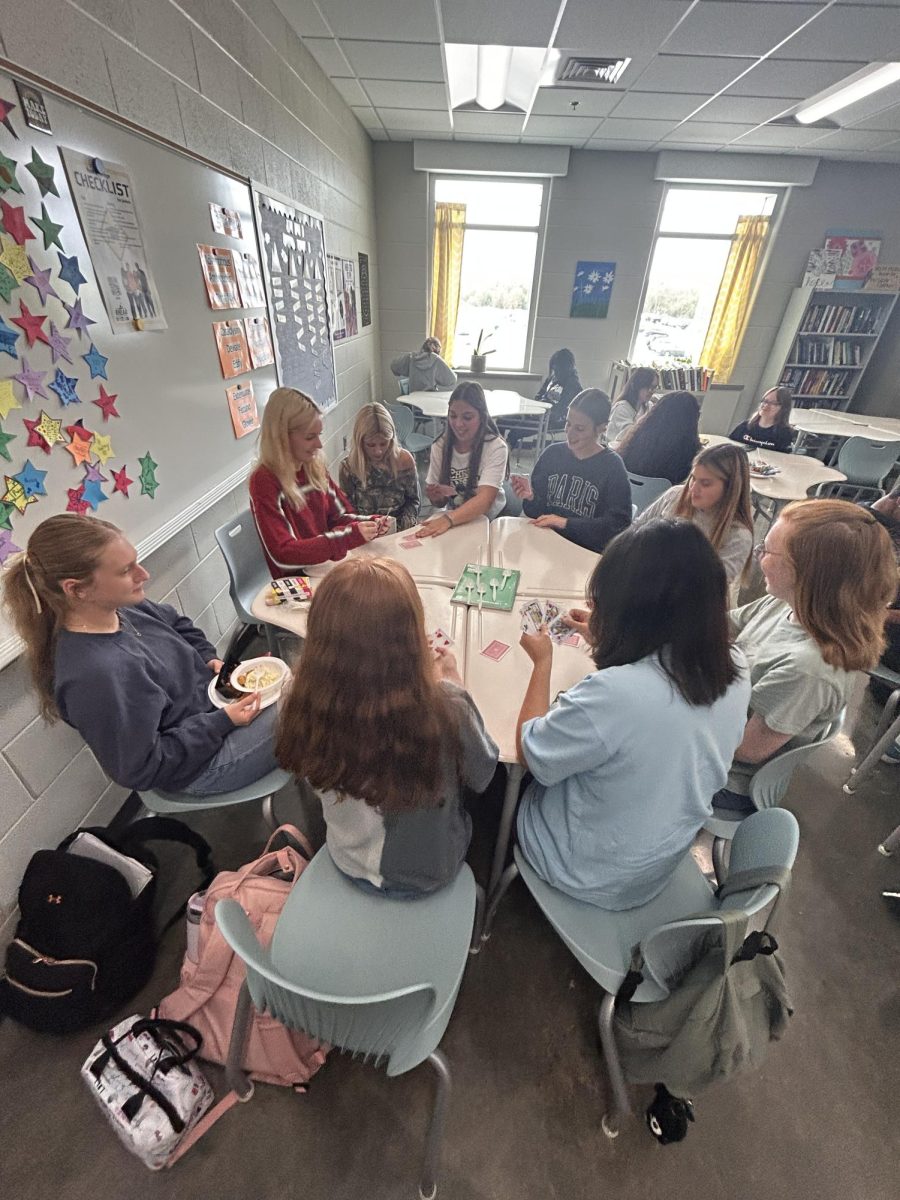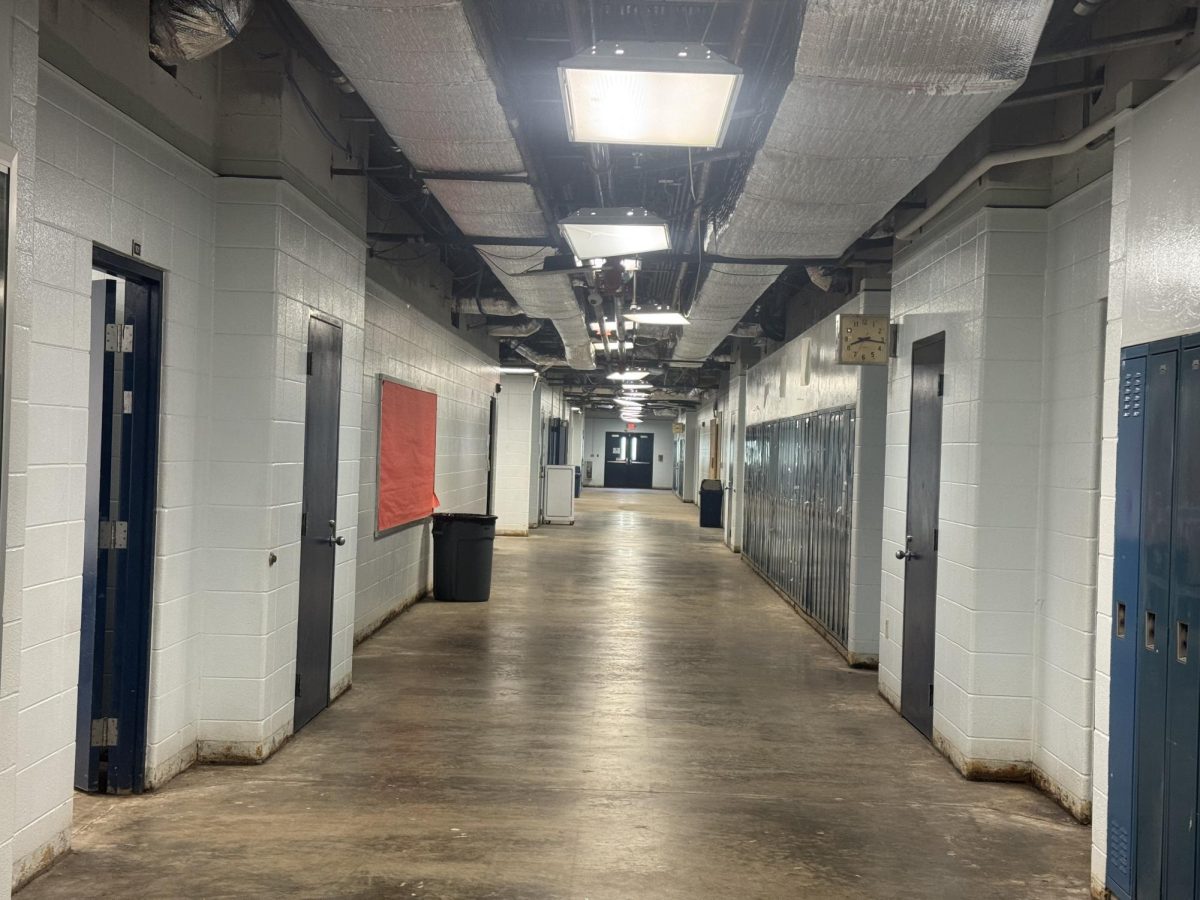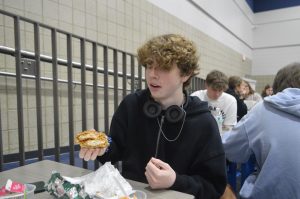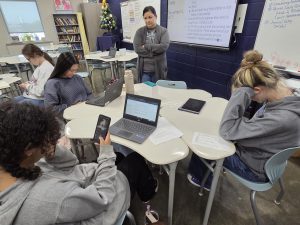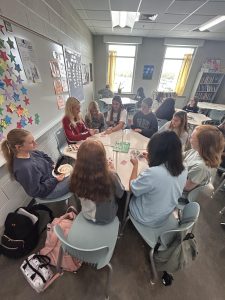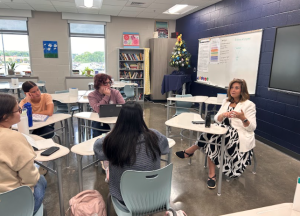A Reflection on Our Efforts Toward Recognizing Diversity
May 24, 2023
In November, The Central Times staff traveled to St. Louis for the National High School Journalism Convention. We returned to Central Hardin with dozens of ideas, inspiration, and determination to make changes in our publication.
One of the most impactful sessions that we attended in St. Louis involved a “Diversity Audit.” We were asked to hypothesize about our school’s diversity. What percentage of our students are white? What percentage of our students are economically disadvantaged?
We guessed correctly: about 90% of our school is white, and about 40% is economically disadvantaged. It doesn’t take a rocket scientist to see that our school is NOT very ethnically diverse and does NOT have a majority of kids from affluent families. But these identifiers are only a couple of ways that diversity shows up in a school.
If we wanted to celebrate diversity that doesn’t really exist in the “traditional” sense, what were we to do?
The answer to our question lay right in front of us: celebrate the diversity that does exist.
We set out to determine the ways that our student body is diverse in terms of home life, academic life, extracurricular activities, and personal identity.
The address of such a subject sparked controversy from the very survey administered by staff for students. Adults on social media protested that “the school should not be asking students these questions.” Some students made fun of the survey by falsely claiming that they were “part of the 7%” of students who identified as transgender. At least one student scoffed at the whole idea: “Diversity at CHHS? What diversity?”
But we persisted.
We found out that many students are taking care of loved ones at home, many are working ridiculous hours at their after school jobs, many are living in more than one home because of divorced parents, many have sought therapy for various reasons, many identify their gender in non-binary terms, and many are uncertain about what they want to do after graduation.
These are the students that you sit beside in class every day. Could it be that recognizing the ways that we are different could lead to a better understanding of each other? Of the world? And maybe even a better understanding of how we are the same?
As Trimester 2 turned into Trimester 3, our staff reduced in number from 13 to 8 (due to students who need other credits to fulfill their academic goals, but in no way due to unhappiness with the class – the class is awesome). Therefore, our goal of writing a thorough series about diversity at CHHS changed as well. We published an introductory editorial about diversity at CHHS, a story about students who have sought therapy for mental wellness, as well as a story about what it’s like to be the child of divorce.
And that’s it.
So what do you think, Central Hardin? Is this topic worth exploring? Should we continue our mission next year to try to make every student feel seen? Leave us a comment below. In the meantime, take our advice and try to use summertime to gain a better understanding and respect for each other.
After all, these are the people that you sit beside in class every day, and they are only a microcosm of the world beyond these walls. Maybe trying to understand them will help you understand that world too.

